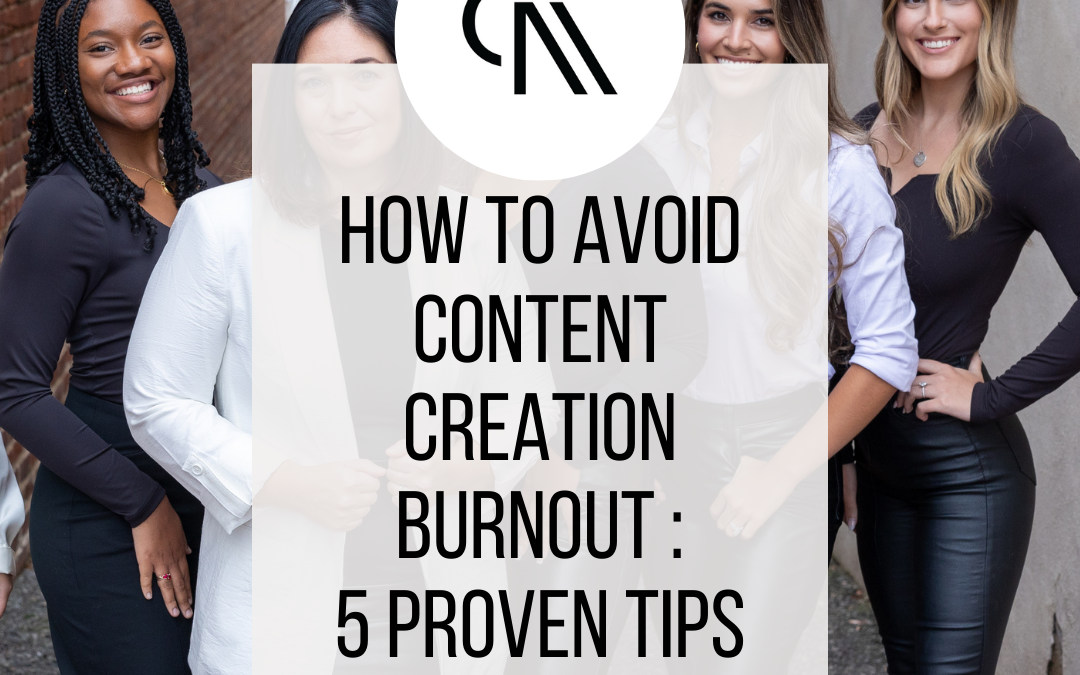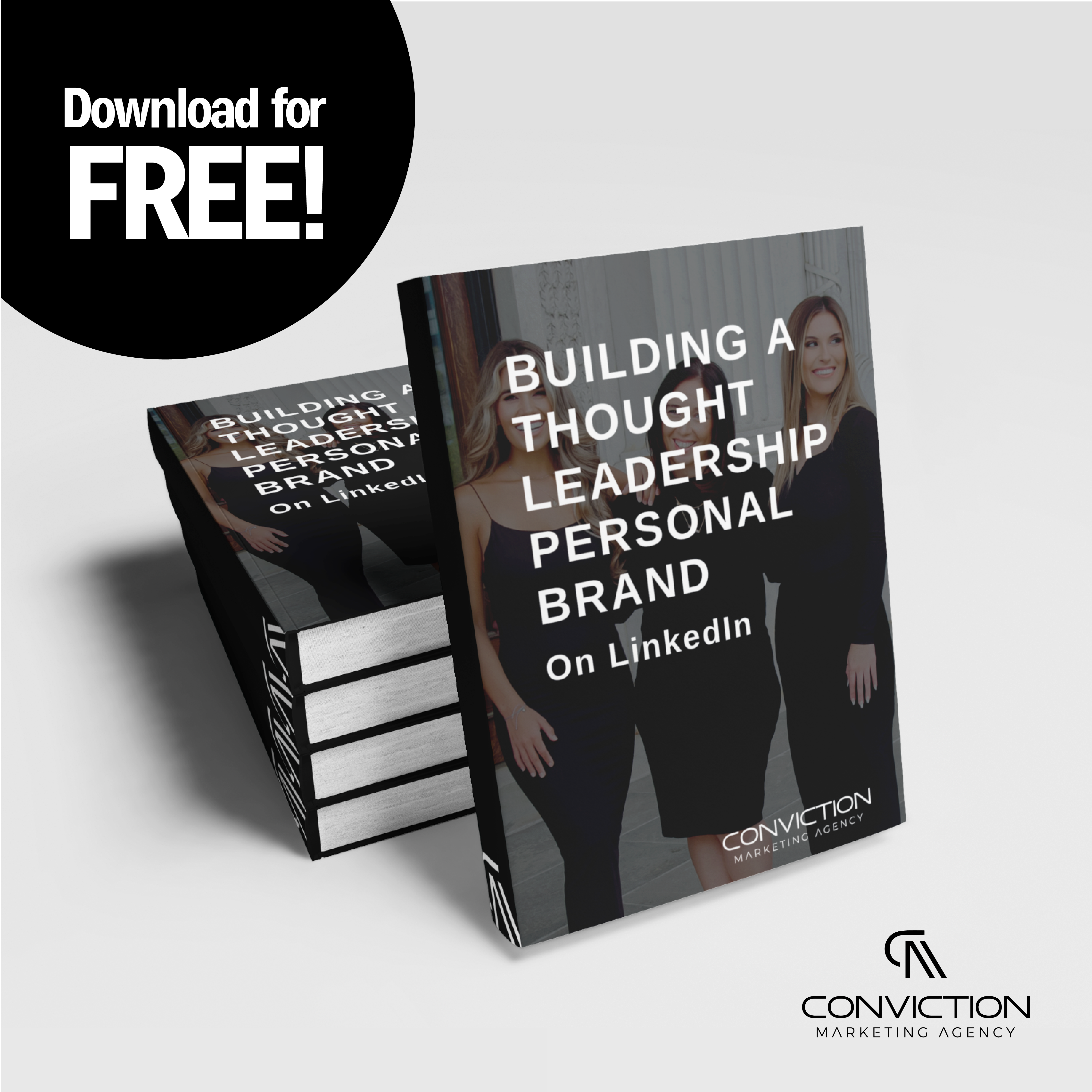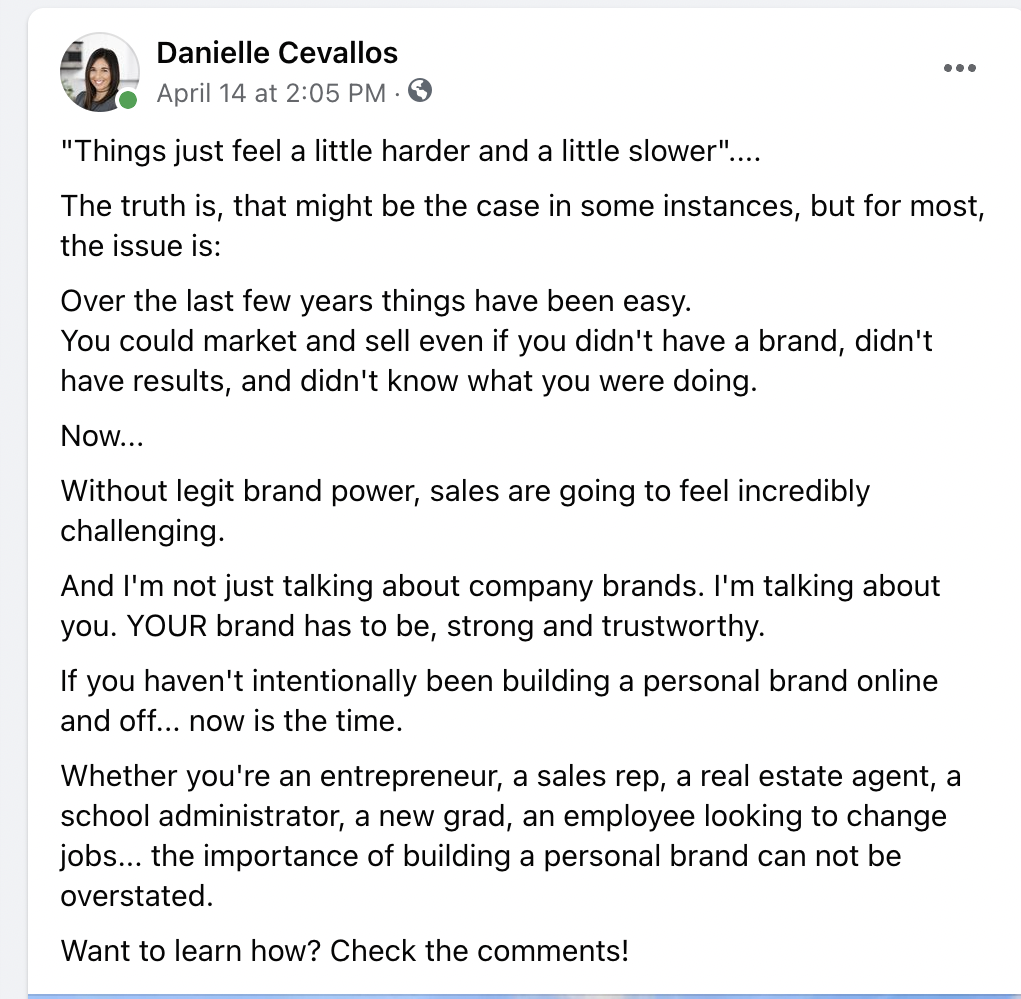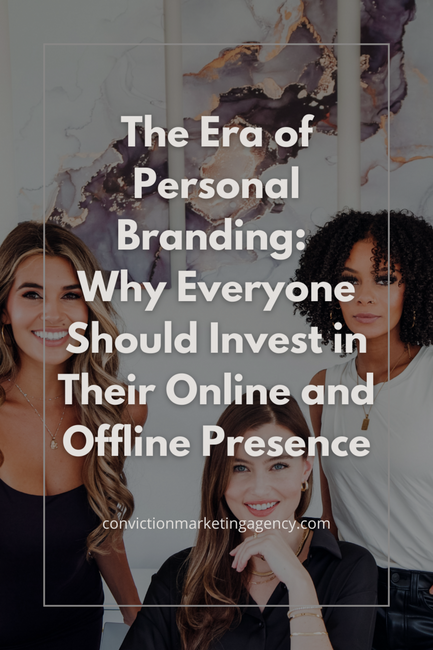
How To Avoid Content Creation Burnout : 5 Proven Tips
Feeling COMPLETELY burned out when it comes to creating content?
Riding the struggle bus with your brand online and feeling like it needs a bit of a refresh?
Let’s talk about it. Here are 5 tips for How to Avoid Content Creation Burnout:
Avoiding Content Burnout Tip #1: Take a Break
Seriously. Take a break.
If you’ve been putting out content consistently for years…
If your people have been nurtured and taught and inspired with a high level of frequency…
Take a week off. It’s okay. The world won’t stop.
To create meaningful content, you might need a few days off.
I DON’T mean a month.
This ISN’T for people who aren’t consistent.
If you can have your team keep posting for the time you are taking off, that’s even better.
Only take a break if you’ve been posting frequently enough to actually need a break, and only for a few days.
During your time off, block off a few hours to ask yourself some questions:
- What am I MOST excited about right now?
- What message is burning in my heart? What would I talk about if there were no consequences?
- What does the market really need to hear?
- What is my market’s most pressing pain point TODAY?
- What does my market want most NOW?
- Who do I want to be in the world? In my industry?
- What part of my legacy am I creating in this season of life? How can I lean into that in my messaging?
- Why do I want to build my brand? What’s the why behind what I’m doing? Then… what’s the why behind that why?
- How do I enjoy creating content?
- What strengths, stories, expertise, and thoughts have I not been leaning into that I want to bring out in my brand moving forward?
REALLY think through these questions, jot down your responses, and let things FLOW! You’ll be amazed at the content ideas that are just under the surface.
After taking some time off, and answering the above questions, it’s time to start leaning back in.
So, based on the answers to the questions above, list 15 topics (related to your business, your life vision, your calling, your convictions, and your legacy).
Start creating some content around these topics.
Test them on social.
What gets the most engagement in terms of conversation?
What seems to be resonating?
What isn’t quite hitting the mark?
Reflect on the performance of the content you are posting, and think through different angles for what’s doing well, and what ISN’T doing well, but is part of the work you want to do in the world.
Let content have some time to breathe as you are creating it.
Don’t wait for it to be perfect.
Don’t overthink it.
Speak, write, create from your heart, and get it out into the world.
THEN…
Assess, and continue to iterate and create more.
Avoiding Content Burnout Tip #4: Reinventing Your Brand
Once you’ve gotten a few topics that seem to be resonating, it’s time to dive in.
Choose 2-3 you are going all in on (make sure you can relate them back to your business).
Create LOADS of content around those things.
Build your new launch content around those ideas.
Get some new brand pics to freshen things up.
Have conversations with your current clients, leads, and the market about these new ideas.
LISTEN to what people are saying, and use that as fuel for more content and creativity.
Most people struggle rebranding, because they stay stuck in their old messaging, content, and look.
If you want to pivot, then decide on a direction and go all in.
To avoid future burnout, schedule in breaks.
Schedule in content creation blocks.
Schedule in promotional periods.
Schedule in time for new ideas to be born.
LEARN to schedule in both space for your innovation to breathe, and execution time for your ideas to come to life.
Want to learn more about how to grow your personal brand on LinkedIn? Grab a free copy of our guide: Building a Thought Leadership Personal Brand on LinkedIn by clicking HERE!






